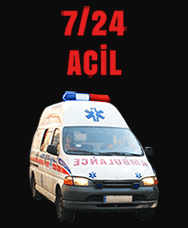Objectives: We aimed to evaluate the safety and outcomes of plate-screw fixation used for the immediate treatment of type-IIIC open fractures of forearm bones with complex soft tissue injuries. Methods: A total of 22 patients (mean age: 31.6, range: 24-60) treated between 2004-2010 were retrospectively analyzed. All injuries resulted from high-energy traumas and fractures were classified using AO classification. All patients had vascular and nerve injuries, and four had skin defects associated with double fractures of the forearm. All patients were operated on within the first eight hours following injury. Six patients with comminuted fractures or with bone defects underwent primary bone grafting, and one patient was treated with shortening. Primary skin closure was achieved in 17 patients and three patients underwent immediate repair using skin grafts, while two patients were repaired with immediate transposition flaps. Bony unions, complications, and functional results via a DASH questionnaire were investigated. Results: Mean follow up was 28 months (range: 14-70). In all patients, radius bone union was achieved. Two patients underwent a Sauve-Kapandji procedure, utilizing the fractured segment of the ulnar diaphysis as a graft for radius. In one patient, osteosynthesis was repeated after 6 months because of nonunion. Mean period to bony union was 4.59 months (range: 3-6). Superficial infection developed in three patients after the operation, and was resolved with antibiotic therapy. The mean DASH score after surgery was 25.6. Conclusion: In high nergy traumas of the upper extremity associated with complex injuries and Type-IIIC forearm fractures, severity of soft tissue injuries determined the functional results in patients, demonstrating it is possible to achieve a safe and efficient fixation with immediate plate-screw osteosynthesis.









